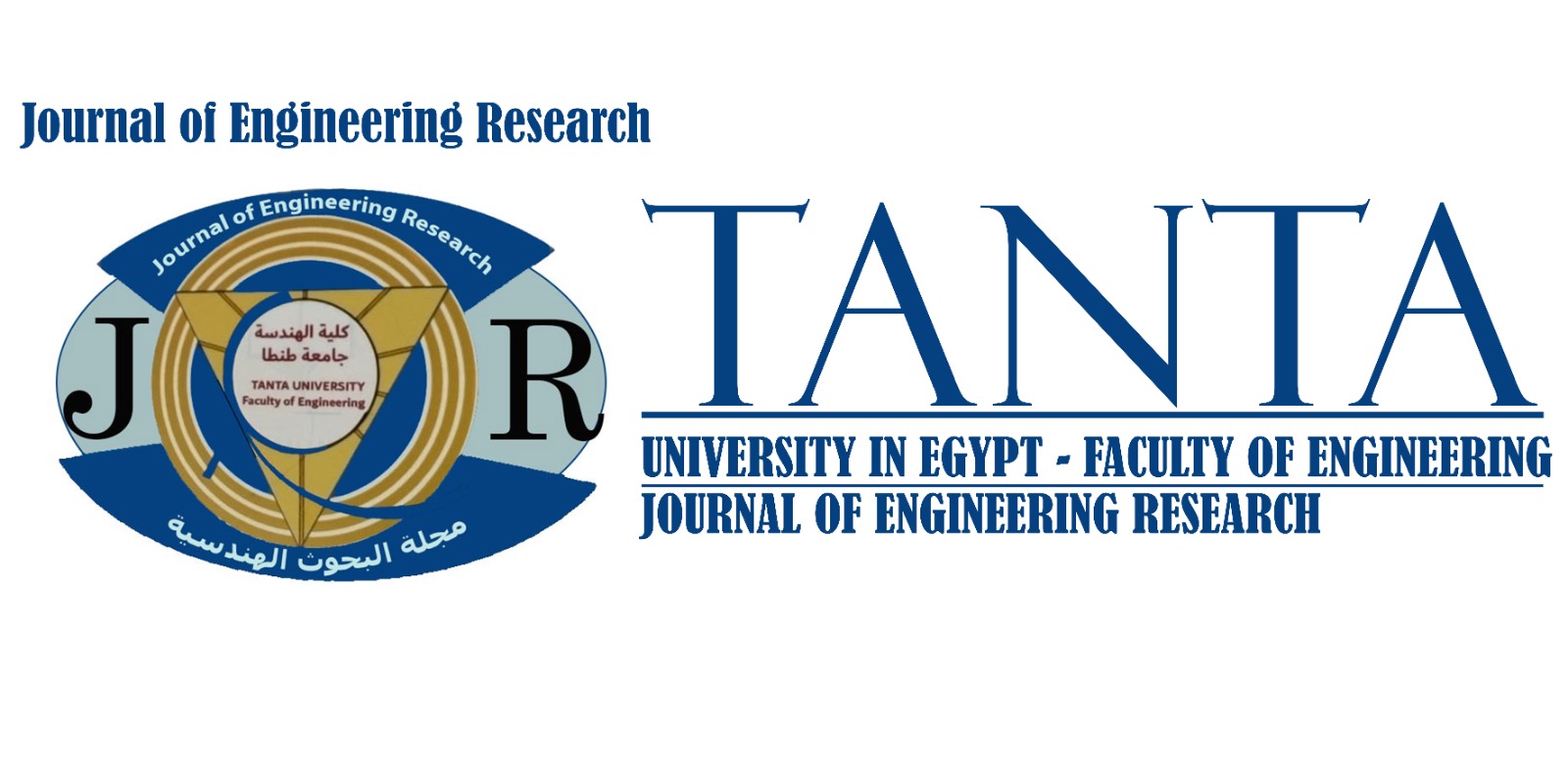Journal of Engineering Research

DOI
https://doi.org/10.70259/engJER.2025.911873
Abstract
As 5G networks advance, the demand for higher data rates, enhanced spectral efficiency, and increased connectivity intensify. Non-orthogonal multiple Access (NOMA) addresses these needs by allowing multiple users to share the same time and frequency resources, thus optimizing network resource utilization and significantly boosting system capacity and throughput. NOMA's influence extends beyond traditional communication scenarios, impacting various vertical industries that require extensive connectivity, such as the Internet of Things (IoT). This transformative approach is crucial for industrial and critical mission applications. Given the importance of safeguarding these communications from potential eavesdroppers, Physical Layer Security (PLS) emerges as a vital tool. PLS represents a paradigm shift in securing wireless communication systems, moving beyond conventional cryptographic methods to leverage the inherent properties of the communication channel itself. This paper emphasizes the advantages of PLS over traditional security techniques, including its capacity to counteract eavesdropping attacks, enhance resilience against cyber threats, and provide robust data protection at the fundamental physical layer. Through comparative analysis, the paper demonstrates that PLS offers superior performance compared to existing security methods. It highlights real-world applications and illustrates how PLS addresses contemporary security challenges, paving the way for a more secure and resilient wireless communication landscape.
Recommended Citation
Fawzy, Aml; Selim, Mahmoud; elsabrouty, maha; Napoleon, Sameh; and M. Abd Elnaby, Mustafa
(2025)
"Non-Orthogonal Multiple Access Empowered Physical Layer security systems: Review, issues and challenges,"
Journal of Engineering Research: Vol. 9:
Iss.
1, Article 3.
DOI: https://doi.org/10.70259/engJER.2025.911873
Available at:
https://digitalcommons.aaru.edu.jo/erjeng/vol9/iss1/3

